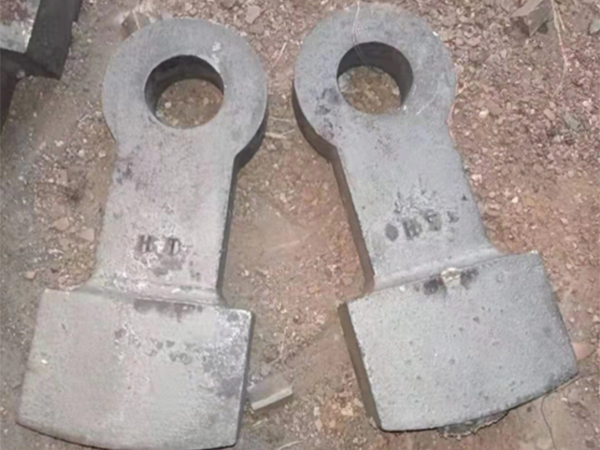Understanding Sand Casting Tolerances
Sand casting is one of the most widely used manufacturing processes, particularly for producing metal parts with intricate shapes and designs. This method involves creating a mold from sand and then pouring molten metal into the mold cavity. The quality of the final product relies significantly on the precision of the mold and the tolerances adhered to throughout the manufacturing process. In this article, we will explore the concept of sand casting tolerances, their importance, and how they affect the final product.
What are Sand Casting Tolerances?
Tolerances in sand casting refer to the allowable deviation of a manufactured part's dimensions from its desired specifications. They are critical in ensuring that parts fit together correctly in assembly and perform adequately in their intended applications. Tolerances can be influenced by various factors, including the nature of the material being cast, the complexity of the part design, and the capabilities of the foundry.
Importance of Tolerances
Understanding and applying appropriate tolerances in sand casting is crucial for several reasons
1. Fit and Functionality Parts with inadequate tolerances may not fit together properly or may operate inefficiently. This can lead to higher rates of wear and tear, increased maintenance costs, or even product failure.
2. Cost-Effectiveness While tighter tolerances can improve functionality, they often require more advanced machining processes, which can significantly increase production costs. Balancing the need for precision with cost efficiency is essential for successful manufacturing.
3. Production Efficiency Adhering to well-defined tolerances can streamline production processes by minimizing rework and scrap rates. Clear tolerances guide manufacturers in setting machinery and processes, promoting efficiency.
4. Quality Assurance Establishing tolerances assists in quality control. Parts can be measured against specified tolerances to ensure consistency and reliability across production batches.
Factors Influencing Sand Casting Tolerances
sand casting tolerances

Several factors influence the selection of tolerances in sand casting
- Material Properties Different metals and alloys respond differently during the casting process. Some materials may shrink more than others as they cool, which must be accounted for in the design phase.
- Mold Design The complexity and design of the mold itself can limit the tolerances achievable. Intricate designs may be more challenging to replicate accurately.
- Casting Method The specific sand casting technique used (e.g., green sand casting, resin sand casting) can affect outcome tolerances. Different methodologies have varied capabilities in producing dimensional accuracy.
- Post-Casting Processes Additional processes such as machining or grinding often need to be considered when establishing tolerances. These processes can help refine the dimensions of the cast part but may also introduce additional costs.
Typical Tolerances in Sand Casting
While tolerances can vary significantly depending on the factors mentioned previously, generally accepted ranges exist. For sand cast parts, tolerances of ±0.010 inches per inch of dimension are common; however, more precise applications may require tighter tolerances. Complexity, the scale of the parts, and the materials used can necessitate different tolerances.
To illustrate, for small to medium-sized sand cast components, tolerances might range from ±0.005 inches for premium parts to ±0.020 inches for more standard parts. Larger components may see tolerances relax to ±0.070 inches or beyond, depending on the complexity and application.
Conclusion
Sand casting tolerances are a vital aspect of the casting process that influences the quality and functionality of the final products. By understanding the importance of tolerances, factors affecting them, and typical ranges used in production, manufacturers can make informed decisions that lead to higher quality and more reliable parts. In the competitive world of manufacturing, embracing the intricacies of sand casting tolerances can result in significant advantages, ensuring that produced components meet the stringent requirements of their respective applications. As technology advances, continuing to refine and adapt these tolerances will be paramount in sustaining quality and efficiency in sand casting processes.
Post time:Жел . 24, 2024 12:36
Next:foundry sand pdf
